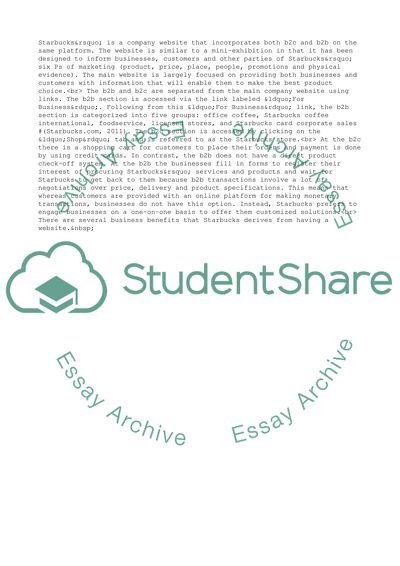Cite this document
(Analysis of E-business and Web-site of Starbucks's Assignment, n.d.)
Analysis of E-business and Web-site of Starbucks's Assignment. Retrieved from https://studentshare.org/business/1756801-introduction-to-internet-and-e-business
Analysis of E-business and Web-site of Starbucks's Assignment. Retrieved from https://studentshare.org/business/1756801-introduction-to-internet-and-e-business
(Analysis of E-Business and Web-Site of Starbucks'S Assignment)
Analysis of E-Business and Web-Site of Starbucks'S Assignment. https://studentshare.org/business/1756801-introduction-to-internet-and-e-business.
Analysis of E-Business and Web-Site of Starbucks'S Assignment. https://studentshare.org/business/1756801-introduction-to-internet-and-e-business.
“Analysis of E-Business and Web-Site of Starbucks'S Assignment”, n.d. https://studentshare.org/business/1756801-introduction-to-internet-and-e-business.


